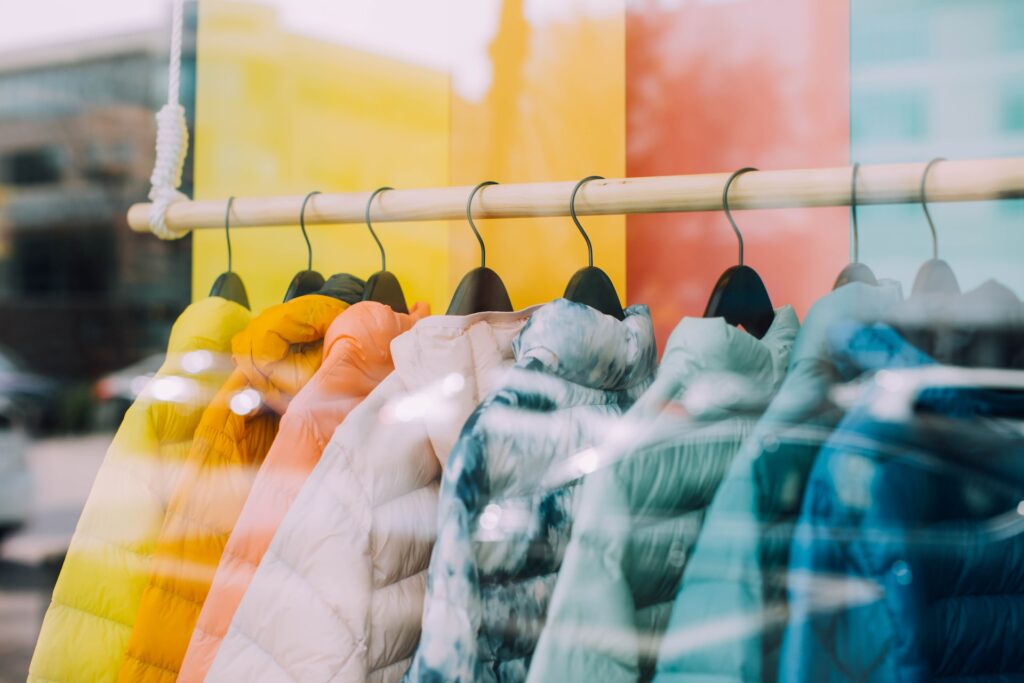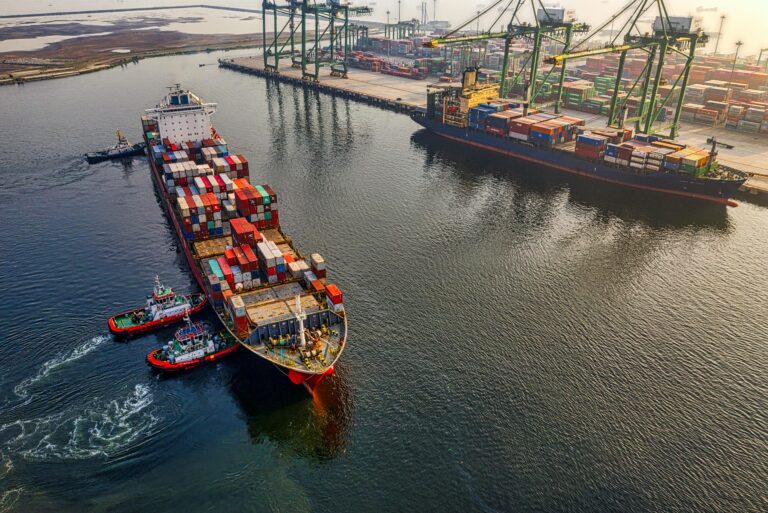Recent retail trends have incentivised customers to over purchase and return what they do not need or want or what does not fit. But, with supply chain crunches, increasing costs for freight and fuel and the rising burden of returns on the landfill and climate, retailers are looking for a better way to reduce the impact of returns. In 2021, retail returns equaled $761 billion in sales or a whopping 16.6% of total retail sales in the United States.
It is no secret that many retailers would love a solution to their return dilemma, and some are turning to creative repurposing solutions to make that happen. Some emerging ideas include selling returned items as-is, donating them to charity or even breaking them down and using them as raw materials for new products.
Here are some of the innovative solutions to optimise returns and a look at the companies implementing them.
Selling Returned Items to Customers As-Is
This is a familiar scenario for many retail customers. They buy something online, only to have it arrive and realise it is not quite what they wanted. Maybe it is the wrong size or colour, or they just changed their mind. Even pristine, undamaged merchandise often ends up in the same place as the damaged goods — the landfill.
To recoup some of these costs and save suitable materials from going to waste, some companies have started to resell returned items, often at a discount, to customers who do not mind that the item is not brand new. This can be an excellent way for customers to get a good deal on something they want, especially if the full retail price is out of their budget.
For years, this type of reselling was done with liquidators who buy pallets of returned items and then flip what is most valuable. This ballooning industry hit $644 billion in 2020. However, some retailers are also in the business of reselling their own merchandise. Target, Amazon, Lowes and Costco put items back on the shelf if it is in the original packaging or sell at a discount if the item is still in good condition.
Donating Returned Merchandise to Charity

Donating returned merchandise to charity is one of the most common ways retailers dispose of returned items. By either having the customer donate their merchandise or working with a network of charitable organisations, brands can not only keep returns out of the landfill but also minimise emissions and give back to communities.
For instance, when Brooklinen processes returns, those that are unwashed and new in the package are resold. But products that are washed, slightly used or damaged are consolidated for donation pickup.
Brooklinen partners with Good360 and other charitable organisations in the New York area to give sheets and bedding products to homeless shelters, women’s shelters and those impacted by natural disasters.
Returns converted to donations also have the added benefit of amplifying brands’ social good campaigns. Many brands choose to partner with charitable organisations that align with their corporate values. As a result, more consumers appreciate and reward retailers by becoming loyal customers and brand advocates.
Reduce the Impact of Returns
Reducing waste in landfills is a top priority for many brands. Over half of all brands say that 10% or less of their returns end up in landfills. While there is still plenty of work to do to reduce the impact of returns, it is quickly becoming table stakes for retailers to come up with more cost-effective, environmentally conscious ways to handle returns.
When you are ready to take your brand to new markets while providing a superior customer experience and seeing a boost in revenue, ESW can help. We offer reverse logistics support that enables retailers and brands that sell DTC to handle returns in the best way for your customers and your business model.
Contact us today to learn more about how you can explore a new way of thinking about reverse logistics.





